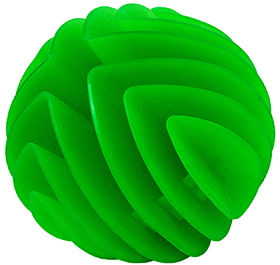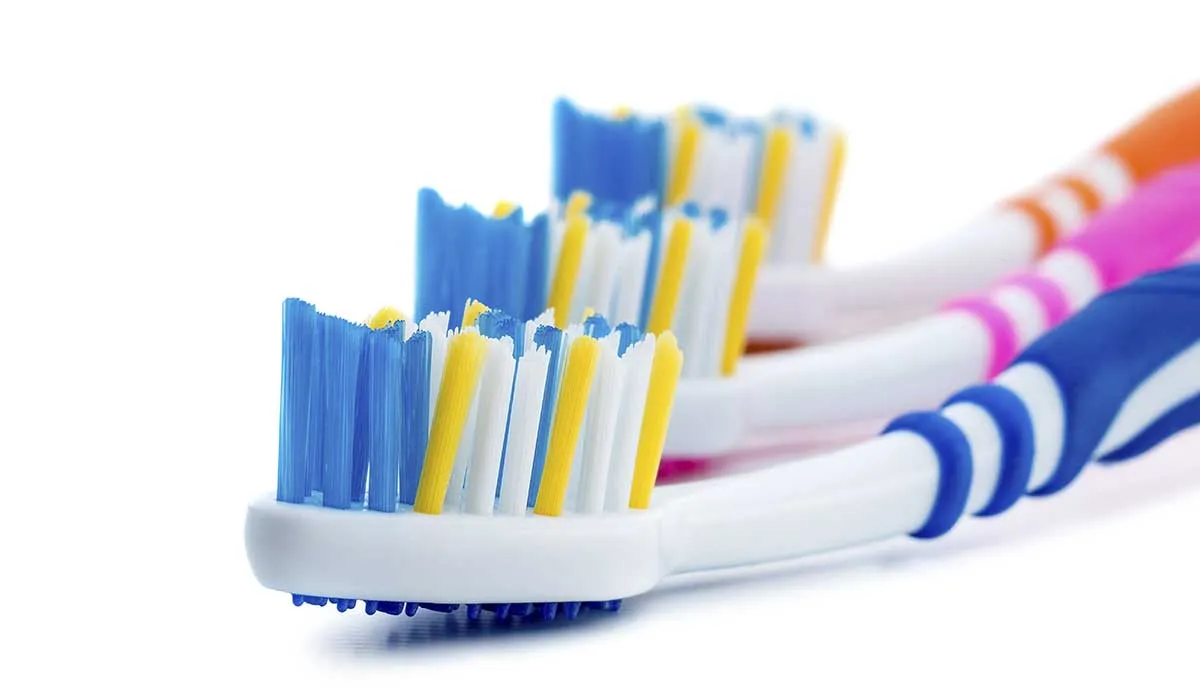Every day, consumers see and choose from among competing products found side-by-side on store shelves. A product differentiated by pleasing feel, attractive appearance, and useful ergonomic features can attract buyers and also justify a higher price point. Today’s TPEs, which offer a vast number of choices in surface feel, texture, compatibility with substrates, and colors and effects, are a practical and cost-effective way for designers to add the sensory experience and ergonomic improvements that are in ever-greater demand by consumers.
Tactile Qualities
One of the top consumer product design trends today is sensory enhancement. A pleasing feel, such as smoothness, silkiness, or warmth is typically perceived as higher quality. For example, automotive designers may choose materials for vehicle interior surfaces to create the perception of quality and luxury. TPEs can be customized, depending on the application requirements, to provide surface feel ranging from grippy or tacky to smooth and silky.
TPEs can be used alone, or these softer materials can be overmolded onto a rigid plastic substrate using co-injection or insert injection-molding technology. The result is an outer layer of TPE material over a rigid substrate that adds a distinct, soft-touch feel to the stiffness and strength of the supporting structure. Specialized chemistries enable TPEs to adhere to many different plastic substrates, including polypropylene (PP), polycarbonate (PC), acrylonitrile-butadiene-styrene (ABS), PC/ABS, copolyester, polyamide, and polystyrene, for a seamless and permanent bond.
Consider the common toothbrush, for example. Consumers today can choose from hundreds of styles, many featuring soft-grip handles and special textures. These enhanced products typically are priced higher than standard designs
Texture, Color, and Special Effects
A wide range of textures can add sensory interest to a product. Consumer electronics, for example, are subject to fierce competitive pressures and often rely on stylish surfaces for differentiation. TPEs can provide unusual texturing, such as a bubble or ridged surface or a leather-like feel for phone and tablet cases, as well as combinations of different textures that accentuate electronic functionality. Textured TPEs can replace expensive secondary painting or adhesion operations.

TPEs are available in a wide array of colors and effects that can amplify their sensory qualities and contribute to brand identity and shelf appeal. TPEs can be customized with bright colors and effects, such as metallics, sparkles, and pearlescents, and various shine levels, including eye-catching high gloss, which can provide a high-tech or high-fashion aesthetic. They are produced in opaque, semi-transparent, and transparent formulations for additional aesthetic interest. TPEs can even be infused with a scent, such as the material used to create mosquito repellant wristbands, pet tags, and hanging grids, which incorporates a proprietary formula of all-natural essential oils and fragrances to repel mosquitoes.
Ergonomics
TPEs can make consumer products easier or safer to use by enabling designs that fit the human body. For example, overmolding a resilient TPE grip onto a power tool handle can supply vibration damping to avoid discomfort or even injury. Many companies also employ TPEs to help meet the requirements of the US Occupational Health and Safety Administration (OSHA) for ergonomically designed tools. For the manufacturer of a garden sprayer, a TPE increased usability of the ABS handle by contributing anti-slip performance even when the part is wet. Customers can keep a firm grasp of the sprayer to prevent dropping or twisting.
The increased comfort and product performance that can be provided by TPEs can please consumers and boost market share for manufacturers. A soft-touch TPE computer mouse grip, for example, provided a smooth feel, easy handing, and greater physical comfort. The premium mouse had a profit margin about 30% higher than other models and helped the OEM increase market share. In another example, Brooks Sports chose a high-performance, customized TPE for a new running shoe cushioning technology. Within a month of its release, the first shoe with the new technology was featured as the “Editor’s Choice” in the Runner’s World Spring 2010 Shoe Guide.
Healthcare is another major area for ergonomic design. Incorporating TPE materials into grips, handles, buttons, plungers, caps and closures can help reduce forceful exertion, repetitive motion, contact stress, and vibration.

